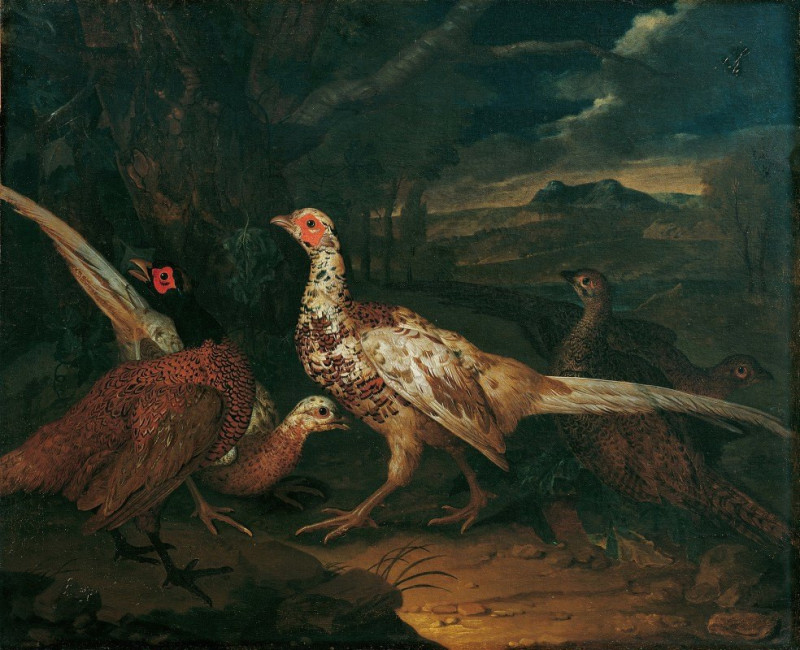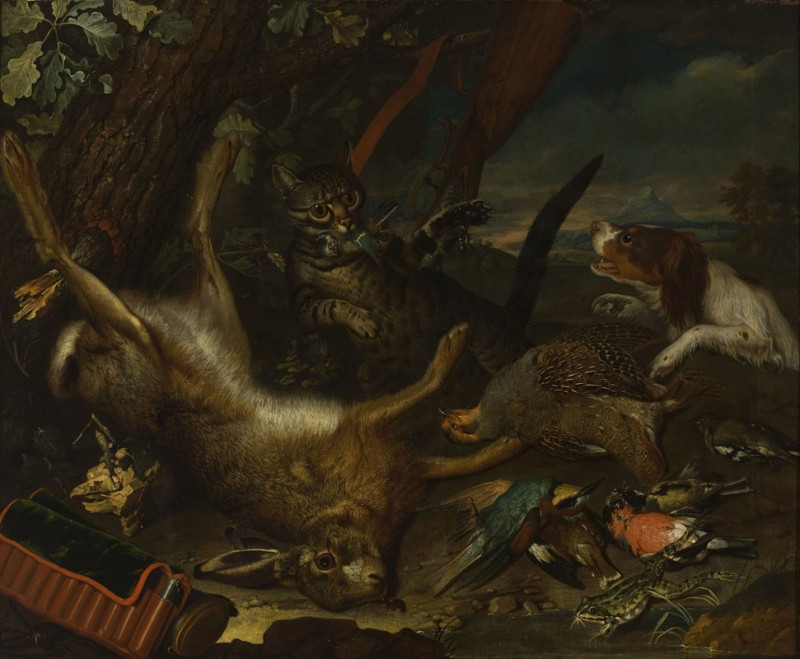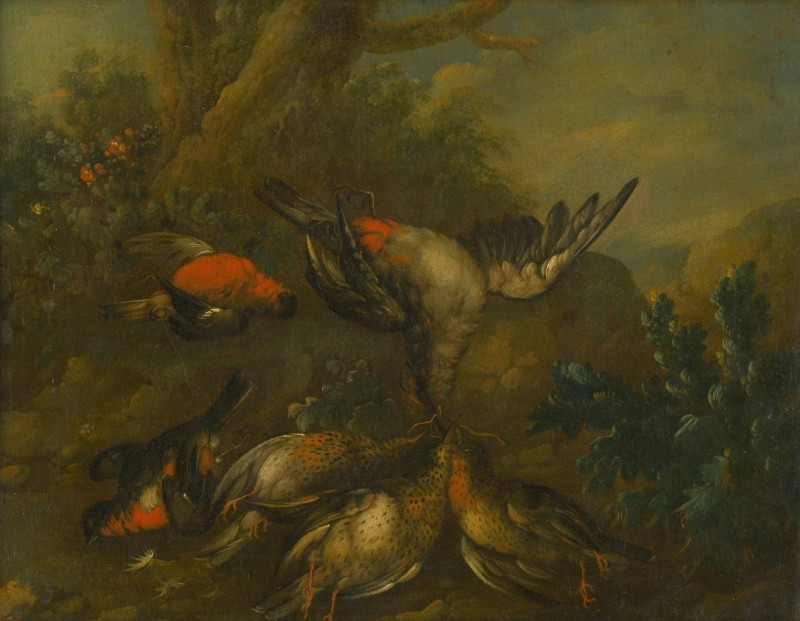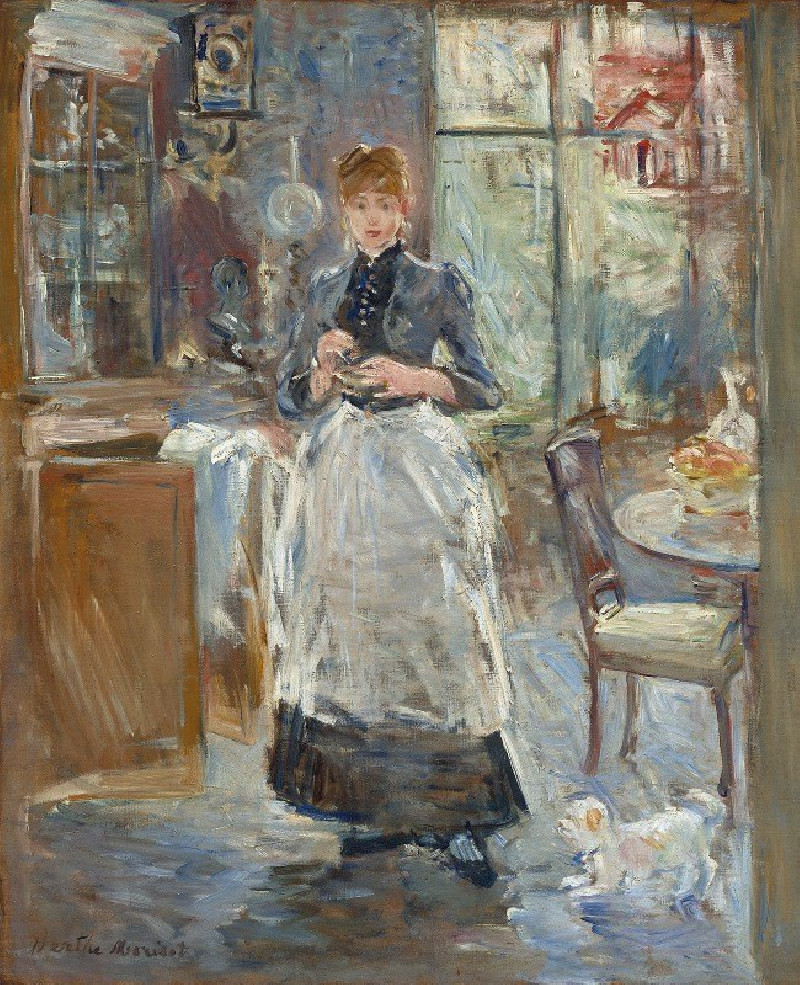Perlhühner Und Nasenbär (1722)
Technique: Giclée quality print
Recommended by our customers
More about this artwork
"Perlhühner Und Nasenbär" (1722) by Philipp Ferdinand de Hamilton is a fascinating portrayal blending nature's wild diversity with artistic finesse. This painting captivates viewers through its vivid, life-like representation of guinea fowls and a coati, set against a dramatically rendered, almost mythical landscape.Central to the scene are three guinea fowls, depicted with remarkable attention to detail. Two of them sport white and black speckled plumage, with their characteristically bare heads painted a striking red and white, capturing their piercing gaze and curious expressions. The third guinea fowl, appearing slightly behind the others, echoes this same intricate patterning and vivid coloration, adding depth to the grouping.To the right, a coati—an intriguing creature native to South and Central America—looms from behind the leaves. Its elongated snout, sharp claws, and distinctive striped tail are rendered with precision, emphasizing its stealthy, curious nature. The coati’s rich brown tones contrast subtly with the vivid greens and blues of the foliage and the background, making it a striking component of this natural assembly.The background reveals a lush, verdant landscape that stretches into misty, rolling hills, providing a sense of infinity and wild, untouched nature. This setting not only enhances the realism of the scene but also reflects Hamilton’s skill in creating depth and atmospheric perspective.
Delivery
Returns
Philipp Ferdinand de Hamilton, was an 18th-century painter from the Southern Netherlands active in Austria.
He was born in Brussels as the son of the Scottish painter James de Hamilton, who taught him to paint. From 1705 to 1750 he was court painter in Vienna, and he is known for hunting scenes like his brother Johann Georg. He died in Vienna.































